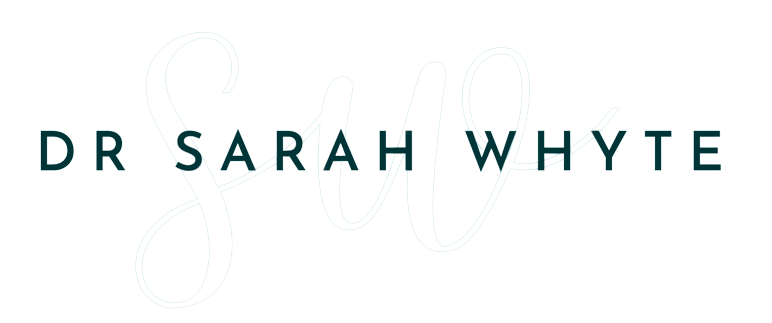The vital role of self-awareness in conscious leadership (and why self-awareness is Not Easy)
Have you ever had an 'aha!' moment that changed your perspective entirely? A few years ago, I had one during a coaching session. I realised that I was incredibly defensive about personal criticism, sometimes even perceiving criticism where there wasn't any at all. This was a major breakthrough for me.
When I shared this revelation with my sister, she responded jokily: "Oh, no way! I'm not sure what to do with this completely brand-new information." She knew I was defensive. It was obvious to her. Yet, I was almost blind to it.
This moment highlighted the importance of self-awareness, which is a cornerstone of conscious leadership.
What is self-awareness?
Organisational psychologist Tasha Eurich identifies two types of self-awareness:
Internal self-awareness: This is about knowing your own values, emotions, strengths, weaknesses, and triggers. It's understanding what's going on within you and how it shapes your behaviour.
External self-awareness: This refers to recognising how others perceive you and understanding the impact your actions and words have on those around you.
Both forms are vital for developing a complete and accurate self-image. They helps us make informed decisions, build stronger relationships, and act with intention. When we're mindful of our inner world, we're better equipped to manage ourselves and interact constructively with others.
Self-awareness is the foundation of conscious leadership. It starts with recognising our thoughts, feelings, and physical sensations, and understanding their effects on others. It allows us to bring these aspects into our conscious awareness, rather than letting them operate in the background and undermine our actions, decisions, communication, and relationships.
Why is self-awareness so challenging?
Despite its importance, self-awareness is surprisingly elusive. Eurich’s research found that while 95 per cent of people believe they are self-aware, only 10 to 15 per cent actually are. This gap highlights just how tricky self-awareness can be.
There are several reasons for this:
It requires us to navigate the complexity of recognising thoughts, emotions, and bodily sensations, and understanding their interconnected nature.
Facing uncomfortable truths about ourselves can be emotionally taxing.
Busy lives often leave little room for reflection, making it easy to overlook self-awareness, especially when we're on autopilot.
The importance of self-awareness
Self-awareness impacts how we lead, communicate, and grow. Here’s why it matters:
The foundation of conscious leadership: Understanding our biases, triggers, and patterns allows us to act intentionally and responsively, creating cultures of trust and authenticity.
The root of other skills: Emotional intelligence, adaptability, and effective communication all stem from self-awareness.
The starting point for change: To improve or adapt, we need to understand our current state first.
Strengthened connections: Greater self-awareness leads to better empathy and trust-building, strengthening our relationships.
Connecting mind and body: Recognising physical cues like tension or posture provides deeper insights into thoughts and emotions, helping us navigate stress and challenges more effectively.
The advantges of self-awareness
The benefits of self-awareness extend beyond personal growth. Research suggests that companies with self-aware employees perform better financially. Leaders with high self-awareness report greater job satisfaction and commitment, which positively impacts their teams.
On a personal level, self-awareness improves wellbeing by helping us identify stressors and make adjustments for mental and emotional health. It enhances creativity, confidence, and effectiveness, contributing to greater success in both professional and personal realms.
How to develop self-awareness
Self-awareness takes intentional effort, but the rewards are undeniably worth it. Here are some practical steps:
Daily reflection: Spend a few minutes each day considering your thoughts, feelings, and physical sensations.
Seek feedback: Invite trusted colleagues or friends to share their perspectives, and approach their input with curiosity.
Keep a journal: Regularly document your inner experiences to identify patterns and gain clarity.
Notice physical cues: Pay attention to signals like a clenched jaw or racing heart to understand your emotional state.
Ask 'What' instead of 'Why': 'What can I learn from this?' is more productive than 'Why did this happen?'.
Use assessments: 360-degree feedback can provide structured insights into strengths and areas for growth.
It’s a process
Like much of conscious leadership, self-awareness an ongoing, dynamic, iterative process. Starting with recognising your thoughts, feelings, and physical state is an excellent first step. By paying more attention to these areas, you begin to bring more clarity, authenticity, and intentionality to your actions.
